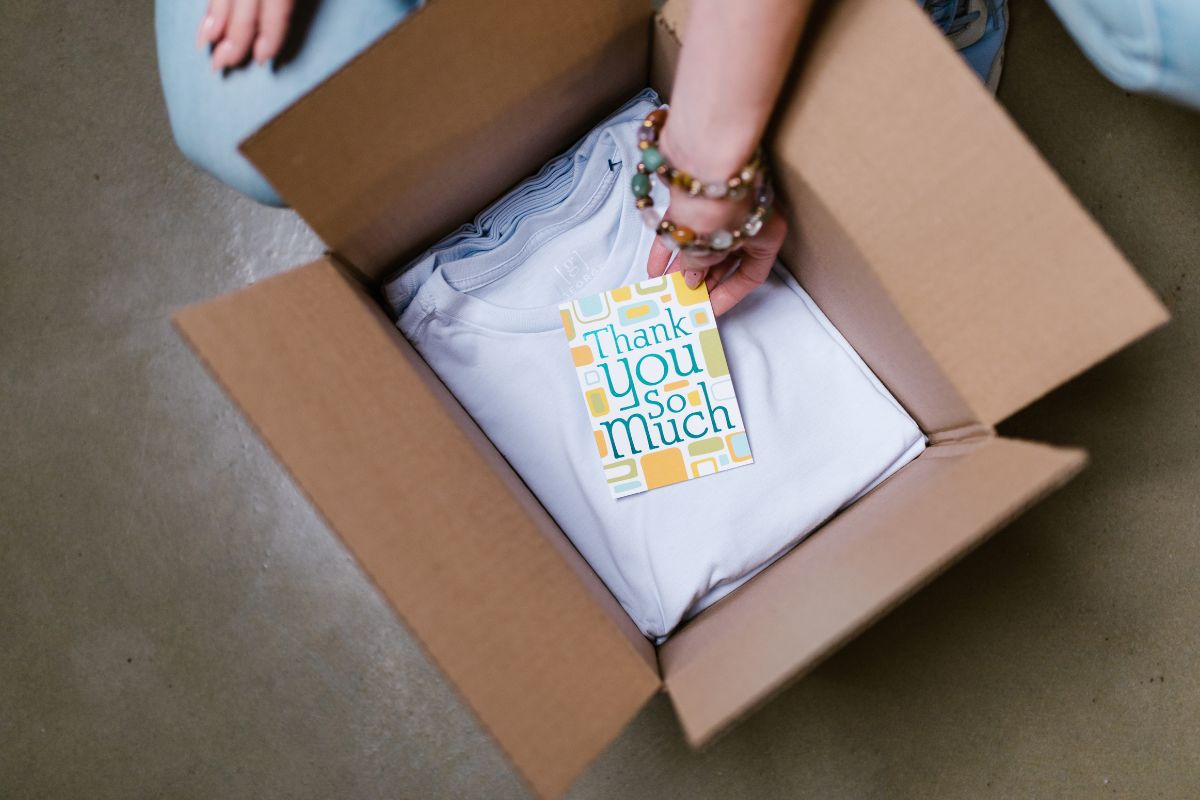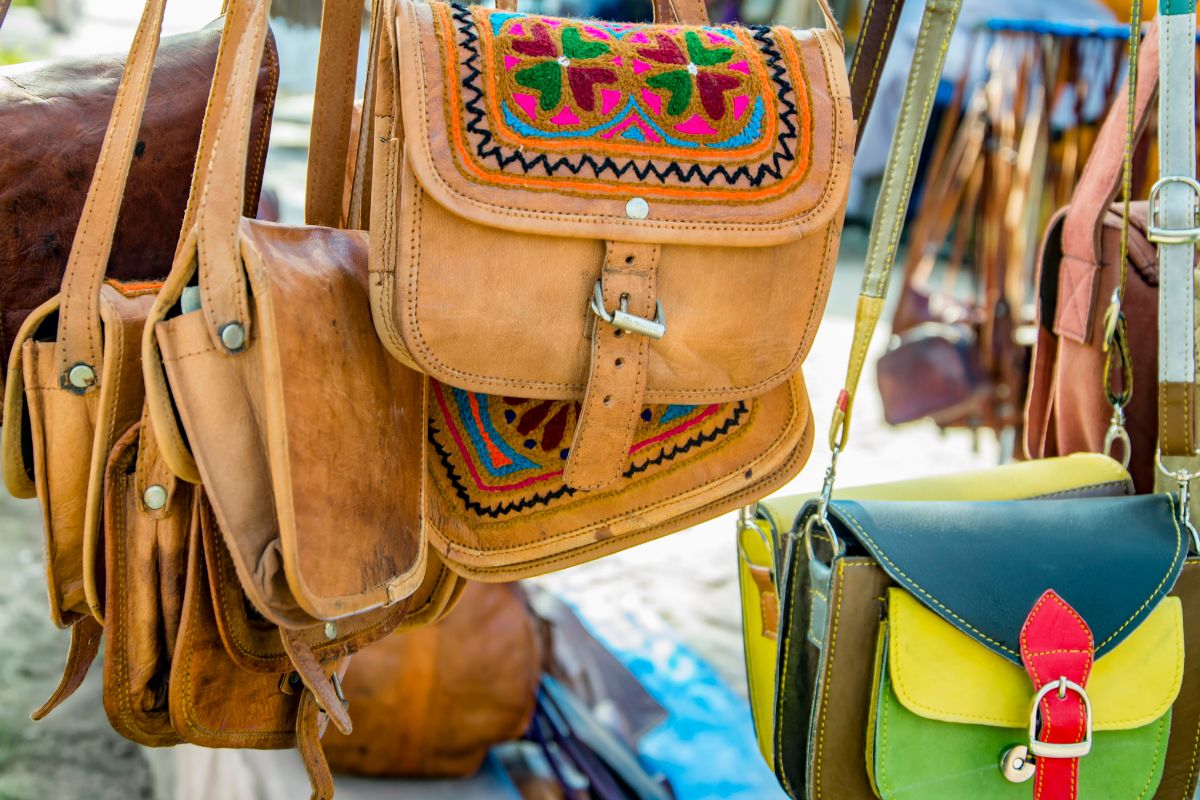When planning for a group event, ordering t-shirts is an excellent way to unify the group and create a sense of belonging. Whether it’s for a family reunion, company retreat, or sports team, the right mix of t-shirt sizes can ensure that everyone is comfortable and included. Understanding the factors that contribute to sizing – like the demographic of your group, the manufacturer’s sizing chart, and the preferred fit – is critical to making an informed decision.
Table of contents
- Understanding T-Shirt Sizes
- Determining Your Group’s Size Distribution
- Ordering T-Shirts in Bulk
- Customizing Your Group T-Shirts
- Placing Your T-Shirt Order
- Special Considerations for Specific Events
- Frequently Asked Questions
- What methods are used to determine the most common group t-shirt sizes when ordering?
- How can you accurately calculate the size distribution for ordering a large quantity of shirts?
- What are the best practices for requesting t-shirt sizes from a group?
- In what way does gender affect the sizing breakdown for group t-shirt orders?
- Is there a standard formula for creating a size breakdown for group t-shirt orders?
- How should one communicate size options to ensure accurate group t-shirt orders?
As you prepare to place a group t-shirt order, consider the event itself. The type of event can guide your choices in t-shirt style and fit, ensuring the garments match the intended activity and atmosphere. Casual events might permit a variety of fits from relaxed to fitted, while more formal gatherings might call for a consistent, tailored appearance.
Moreover, knowing the composition of your group is key. Different groups will have different size distributions, and it’s essential to gather accurate sizing information from participants beforehand. Accumulating this data will help you avoid common pitfalls such as ordering too many of a less common size or not enough of a size that’s in high demand. With this information at hand, you can confidently order a range of sizes that best fits the needs of your group, making sure each member feels comfortable and valued.
Understanding T-Shirt Sizes
When you are tasked with ordering t-shirts for your group, knowing the standard sizes and variations is critical to ensure a good fit for all members.
Standard T-Shirt Sizing
T-shirts are commonly sized in a range that includes small (S), medium (M), large (L), extra-large (XL), double extra-large (2XL), and sometimes triple extra-large (3XL). Each size is typically based on chest width and length, which are the principal measurements for a t-shirt’s fit.
Size Chart and Variations
It’s essential to review a size chart that most manufacturers provide, as variations can occur between brands. For adults, a medium shirt might range from 38 to 40 inches in chest size, with a length that might vary from 29 to 30 inches. Here’s a simplified chart:
| Size | Chest Width | Length |
| S | 34-36″ | 27-28″ |
| M | 38-40″ | 29-30″ |
| L | 42-44″ | 30-31″ |
| XL | 46-48″ | 31-32″ |
| 2XL | 50-52″ | 32-33″ |
| 3XL | 54-56″ | 33-34″ |
Youth vs. Adult Sizing
Youth t-shirt sizes work differently than adult sizing. They typically do not correspond to the S, M, L system used for adults but instead are often indicated by age or by specific measurements like chest and length for various age ranges.
Fitted Style vs. Standard Fit
When choosing t-shirts, be aware that there is a fitted style and a standard fit. Fitted styles are often tighter with a more contoured shape, while standard fits are looser and more forgiving. Make sure you understand your group’s preferences before making a selection.
Determining Your Group’s Size Distribution
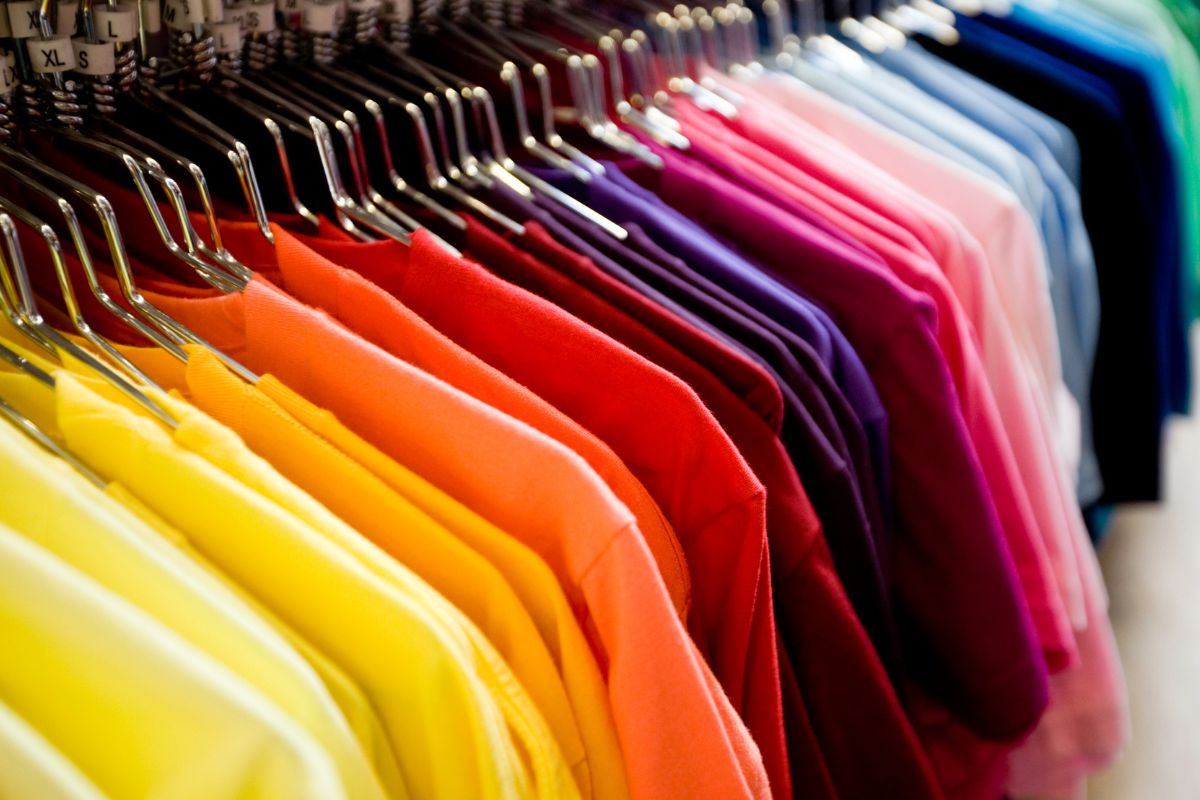
When preparing to order t-shirts for a group, an accurate size distribution is critical to ensure that everyone gets a well-fitting shirt. Precision in size selection will maximise comfort and satisfaction.
Analyzing Your Audience
Identify common characteristics within your group such as body type or fashion preference. This can be done through direct surveys or by examining any existing group data you have on hand. Remember, the better your audience is understood, the more accurate your size distribution will be.
Utilizing Sizing Data
Leverage sales data from t-shirt vendors to guide your size selection. This data often reflects average size needs based on extensive sales history. For instance, a standard breakdown from sales data might suggest:
- Small (S): 10%
- Medium (M): 23%
- Large (L): 31%
- Extra Large (XL): 23%
- 2XL: 9%
- 3XL and up: 3%
This distribution offers you a starting point which you can adjust according to your group’s specifics.
Considering Age and Demographics
Age and demographics play a crucial role in order size distribution. A group mainly composed of young adults may need smaller sizes, while a more varied age group might require a broader range of sizes. Adjust the quantity of each size to reflect the ages and body types in your group.
Using a T-Shirt Size Breakdown Calculator
For a more specific approach, use an online calculator to estimate your size distribution. Input your total order quantity along with demographic data, and the calculator will suggest a breakdown tailored to your group. These tools use algorithms and AI to improve data accuracy, factoring in nuances that may not be immediately apparent.
Ordering T-Shirts in Bulk
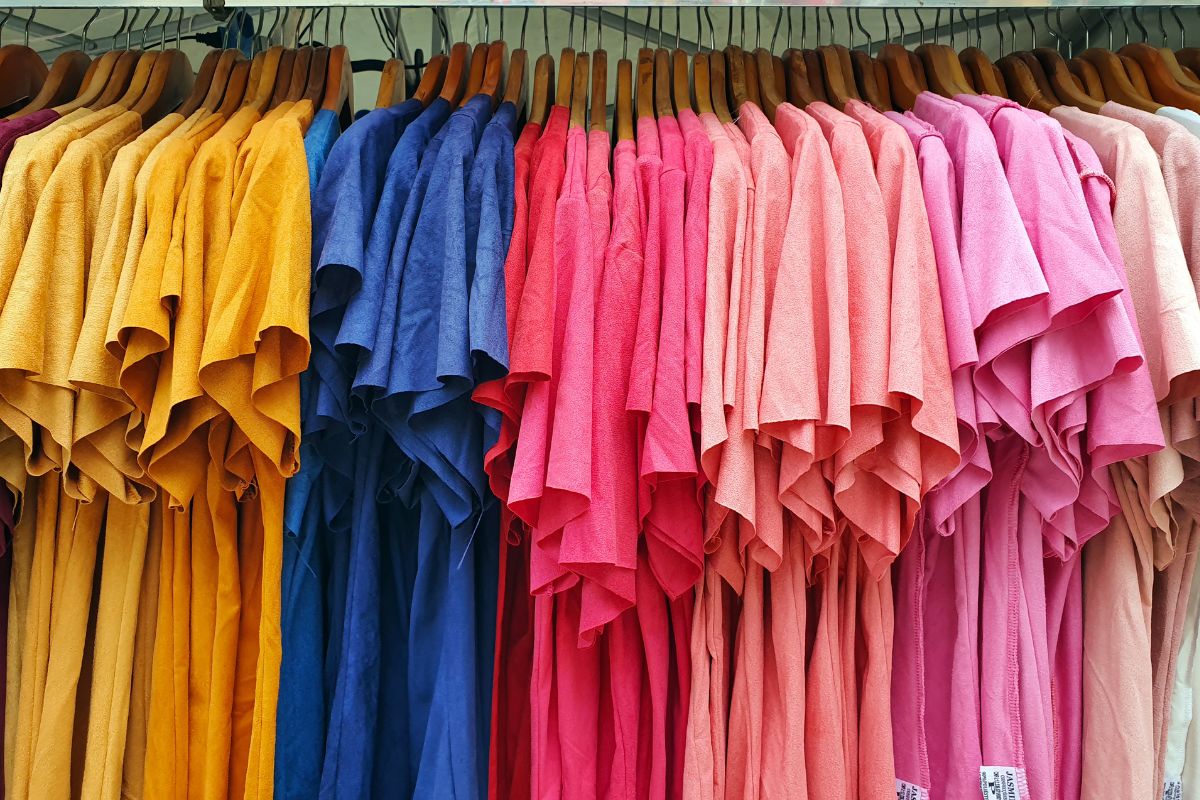
When placing a bulk t-shirt order, you must consider a strategic approach to quantity and sizing, account for potential waste, scrutinize material selections for large quantities, and develop a plan for the storage and distribution of your order.
Calculating Quantity and Size Ratios
To determine the right mix of sizes for your bulk t-shirt order, examine your group’s demographics to establish size distribution. A common size ratio is 1 small (S), 2 mediums (M), 3 larges (L), and 1 extra-large (XL) for every 7 t-shirts. Adjust percentages based on known preferences:
- Small: 14%
- Medium: 28%
- Large: 28%
- Extra Large (XL): 21%
- 2XL and up: 9%
Dealing With Extras and Wastage
Anticipate the need for extra shirts to cover potential mistakes or last-minute size adjustments. Plan for adding approximately 5-10% additional shirts to your bulk order to minimize the impact of waste or unexpected needs. Always round up when in doubt to ensure ample supply.
Material Considerations for Bulk Orders
Your choice of material will impact the comfort, fit, and durability of the t-shirts. Understand that 100% cotton shirts may shrink approximately 2%, while blends minimize shrinkage but have different wear and feel. Choose materials that align with your group’s preference and intended use, considering the balance between cost and quality.
- 100% Cotton: May shrink, very breathable
- Poly-Cotton Blend: Less shrinkage, durable
- 100% Polyester: Minimal shrinkage, moisture-wicking
Storage and Distribution Planning
Assess your available storage space to accommodate the bulk t-shirt order prior to purchase. Plan your distribution method to ensure a smooth handout of the shirts, whether you’re planning a physical event or mailing them to recipients. Account for the space required not just for storage but also for sorting and organizing the t-shirts for distribution.
Customizing Your Group T-Shirts
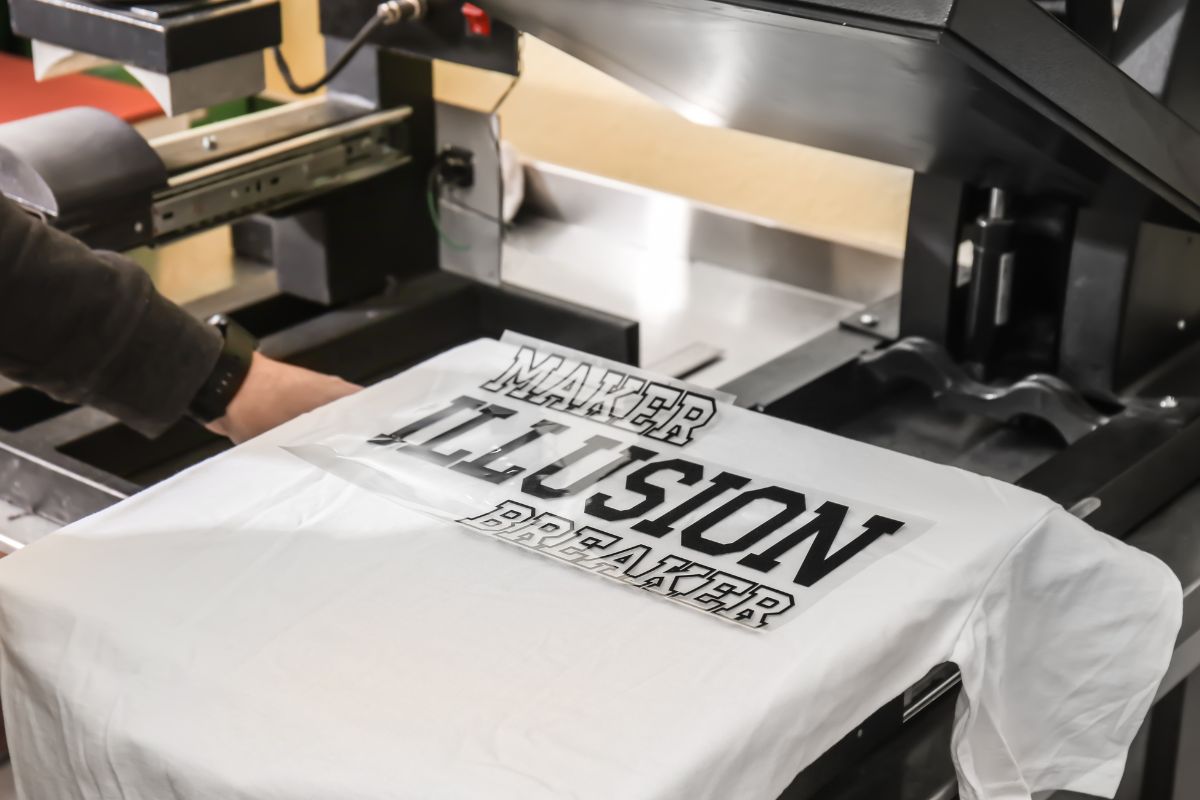
When ordering custom t-shirts for your group, personalization is key. You’ll need to consider design options, fabric types, and cuts to ensure your branded merchandise embodies your group’s spirit and comfort preferences.
Design and Customization Options
Choosing the right design is crucial for your custom t-shirts. Start by selecting a color scheme that matches your group or brand identity. Use bold for your logo and italic for any slogans to make them standout. You have a range of printing options available:
- Screen printing: Cost-effective for large orders
- Digital printing: Best for complex designs with multiple colors
- Embroidery: Adds a premium feel for logos
Remember, the design should represent your group’s purpose and values.
Selecting the Right Fabric and Cut
Your t-shirt’s fabric will impact its look and feel. Common options include:
- Cotton: Breathable and comfortable, ideal for casual events
- Polyester: Durable and moisture-wicking, suited for outdoor activities
- Blends: Balance the benefits of cotton and polyester
- Tri-blends: Soft, stretchy, and maintain shape
For the cut, you have several choices:
| Cut Type | Description |
| Classic | Traditional fit, suitable for all body types |
| Slim | Tighter fit, more contemporary look |
| Women’s Cut | Tailored specifically for women’s body shapes |
Choose a cut that will flatter all members and enhance comfort.
Branding with Semi-Fitted and Fashion Fit Styles
Semi-fitted t-shirts are a versatile choice; they’re not too tight or too loose, making them widely acceptable for diverse body types. Fashion fit t-shirts offer a more modern look with a slimmer silhouette, perfect for creating a stylish impression.
When selecting between these styles, consider your group’s demographic and the statement you want to make with your branded merchandise. Semi-fitted is often the safest bet, while fashion fit may be preferred for a youthful and trendy look.
Placing Your T-Shirt Order
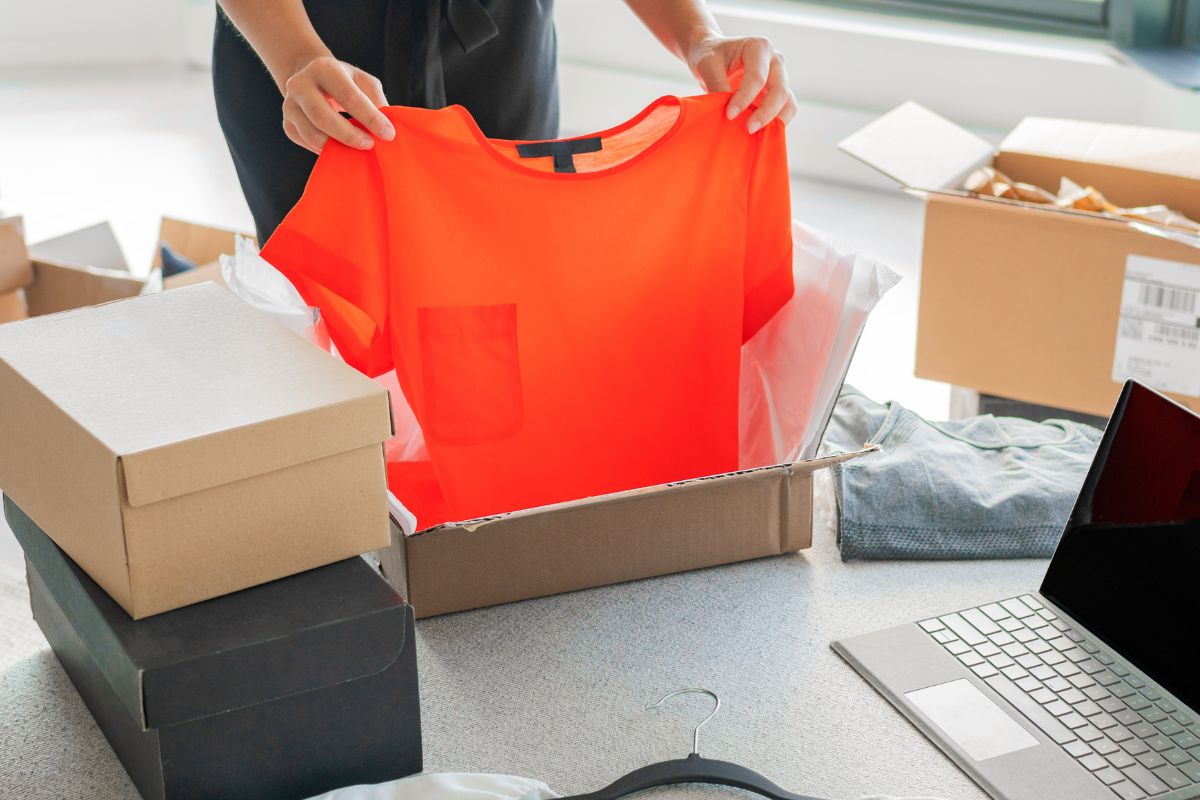
When ordering t-shirts for a group, accurately filling out the order form and accounting for fabric shrinkage are crucial. Ensure you have the right size and quantity before confirming your order.
Completing the T-Shirt Order Form
Begin with the t-shirt order form, providing clear details about each size you need. Typically, your group order might include a variety of sizes from small to 2XL. Use a standard distribution that reflects most groups, adjusting as necessary:
- Small (S): 10%
- Medium (M): 24%
- Large (L): 32%
- Extra Large (XL): 24%
- 2 Extra Large (2XL): 10%
Remember to adjust the percentages to fit the specifics of your group.
Understanding Fabric Shrinkage and Sizing Up
T-shirts often shrink after washing due to fabric shrinkage, especially if they’re cotton. If you’re concerned about shrinkage, consider ordering a size up for each size bracket. This ensures that each member of your group is comfortable with the fit of their t-shirt post-wash. For tighter weaves or pre-shrunk fabrics, you may not need to size up.
Confirming the Order Sizes and Quantities
Double-check the submitted sizes and quantities before finalizing your group t-shirt order. Verify that the totals match the required number of shirts and that there is a good size distribution. Remember that, for most groups, a majority of the order will be in the medium to large size range. Contact your supplier to confirm:
- Size specifications
- Quantity per size
- Delivery dates and sizes
Doing so will minimize errors and ensure satisfaction with your order.
Special Considerations for Specific Events
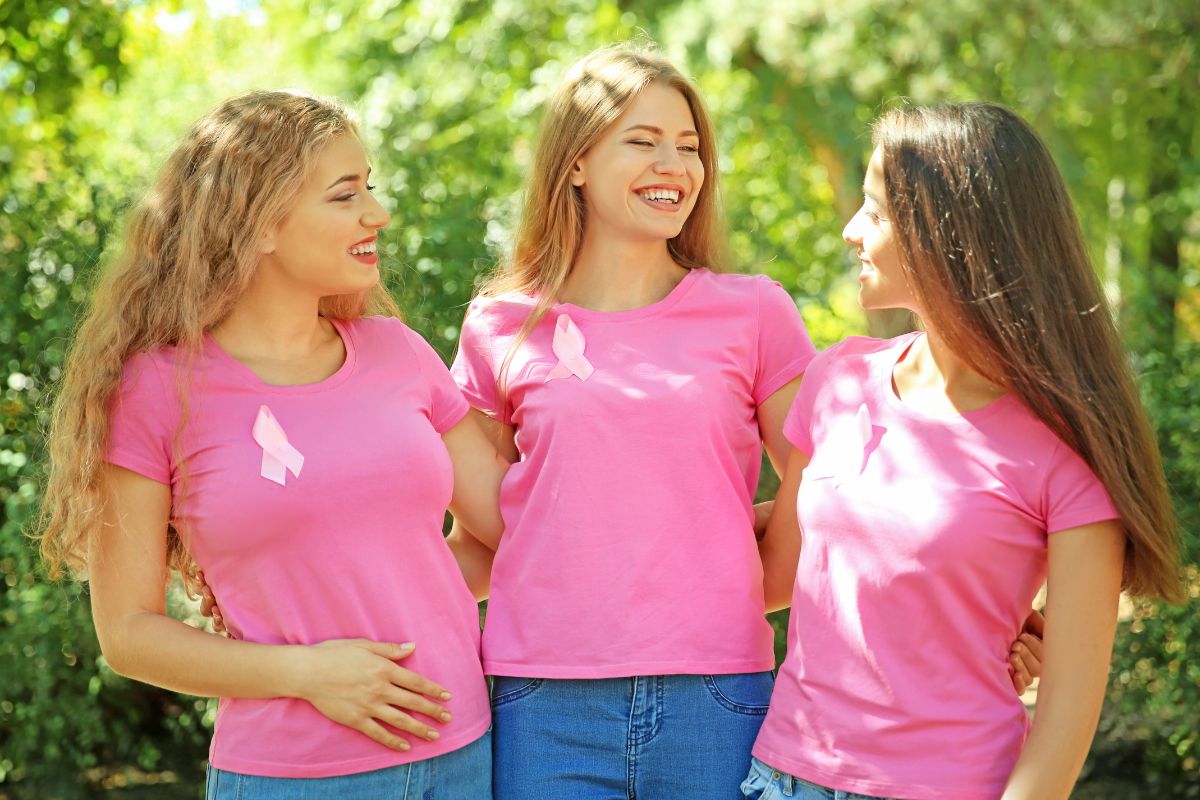
When ordering T-shirts for an event, the type and size of your gathering significantly influence your size breakdown. Your aim should be to accurately match the demographics and expectations of the participants.
Family Reunions and Personal Gatherings
For family reunions or personal gatherings such as a BBQ festival, sizes will likely span across a wide range due to the varied ages and body types present. For adults, you might consider a safe estimate following the ratio of 1:2:3:3:1 for sizes from S to 2XL. For a family-oriented event like a yoga retreat, remember to include smaller sizes if children are participating, and potentially larger ones if extended family is attending.
- Small (S): 10%
- Medium (M): 24%
- Large (L): 32%
- Extra Large (XL): 24%
- 2XL: 10%
Festivals, Concerts, and Public Events
At festivals and concerts where the demographic is broader, you’ll want to ensure a higher quantity of the most common sizes: Medium, Large, and Extra Large. For events with likely fan attendance, like comic book festivals, extra small or larger sizes might be more prevalent. Consider logistics as well: easy distribution methods for large crowds are a must.
- Medium (M): 25%
- Large (L): 28%
- Extra Large (XL): 21%
Corporate Events and Company Uniforms
For corporate events and company uniforms, where sizes might be more predictable based on staff profiles, an even distribution between M, L, and XL might be suitable. However, always collect size data ahead of time if possible, to ensure everyone is accommodated.
- Medium (M): Equal part
- Large (L): Equal part
- Extra Large (XL): Equal part
Sports Teams and Athletic Events
Sports teams require a specific approach since athletes might have a different build compared to the general population. A larger proportion of larger sizes might be necessary for athletic events. Also, consider ordering extra shirts because athletes often require more than one due to the nature of sports activities.
- Large (L): Slightly increased proportion
- Extra Large (XL): Slightly increased proportion
- 2XL and up: Available based on team data
Frequently Asked Questions
When ordering group t-shirts, the goal is to accommodate diverse sizes while ensuring no excess inventory. These FAQs will guide you through the process of determining and ordering the most appropriate shirt sizes for your group.
What methods are used to determine the most common group t-shirt sizes when ordering?
To determine common sizes, analyze previous order data or conduct a survey within your group. A typical size distribution for smaller orders is 1-2-3-3-1 for XS through 2XL respectively.
How can you accurately calculate the size distribution for ordering a large quantity of shirts?
For large orders, consider a distribution based upon the demographic data of your group. A recommended ratio from sales data could be: XS – 1%, S – 10%, M – 23%, L – 31%, XL – 23%, 2XL – 9%, 3XL – 3%.
What are the best practices for requesting t-shirt sizes from a group?
Best practices include creating a pre-order form that participants fill out, which will provide you with exact size requirements, minimizing the risk of over- or underordering.
In what way does gender affect the sizing breakdown for group t-shirt orders?
Gender can significantly affect sizing distribution because men’s and women’s sizes often differ in fit and measurements. Cater to these differences by offering unisex sizes or separate men’s and women’s size runs.
Is there a standard formula for creating a size breakdown for group t-shirt orders?
While there is no one-size-fits-all formula, the size distribution could start with a standard breakdown like S – 10%, M – 24%, L – 32%, XL – 24%, 2XL – 10%, and then be adjusted based on the specific composition of your group.
How should one communicate size options to ensure accurate group t-shirt orders?
Communicate clearly by providing a size chart with specific measurements. Allow members to choose their preferred size and clarify the difference between unisex and gender-specific sizing to avoid confusion.

